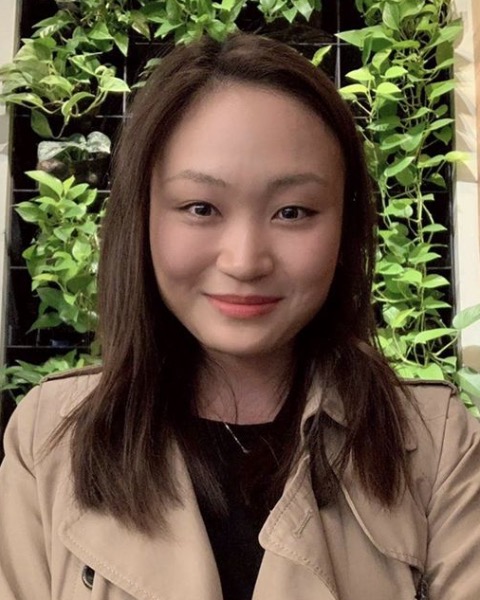General Pharmacometrics
(M-043) Image Processing with Spatial Modeling of Neural Tissue: A New Approach to Pharmacokinetic Analysis
Monday, November 11, 2024
7:00 AM - 5:00 PM MST
Richard Marszalek, MD/PhD Candidate – MD/PhD Candidate (Academic Contractor), Eli Lilly

Lucy Her, PharmD PhD
Senior Advisor
Eli Lilly, United States
Author(s)
Disclosure(s):
Lucy Her, PharmD PhD: No financial relationships to disclose
Introduction: While traditional pharmacokinetic studies have often focused on drug concentrations in blood, there is growing recognition of the importance of studying drug concentrations within specific tissue regions, particularly at sites where the drugs exert their effects. Taking advantage of advanced image processing and spatial analytics, drug distribution at a more granular level within organ-specific tissues can now be investigated. Specifically, these advancements were leveraged to analyze the distribution of two brain-targeting compounds, Drug A and B, in mice. Focus was placed on characterizing their distribution in microglia, neurons, and vessels across various brain regions.
Methods: An innovative approach was developed that combines whole slide image processing with data extraction for spatial analysis to study drug pharmacokinetics. This included defining areas around objects for continuous density modeling, measuring signal dispersion, and incorporating traditional quantification methods like ELISA for absolute drug quantification. The methodology involves using geostatistical techniques to create a continuous surface model from the resultant data, which can be subset for individualized validation or comparisons. Tools were created to facilitate and streamline the spatial analysis in R, including the ability to subset data into regions and compartments using geometric properties and surface models.
Results: Data extracted from the images demonstrated strong autocorrelation on the variograms with readily fitted exponential models for kriging (SSE = 0.0801). The analysis demonstrated the unique cell-specificities and regional distributions of Drugs A and B within the brain. Although Drug A distributed rather uniformly between compartments, Drug B had a lower predilection for neuronal nuclei outside the piriform cortex. The surface model generated for the neuronal nuclear signal of Drug A had a stronger correlation (R2 = 0.8258) than Drug B (R2 = 0.3496). Area selection of the surface models denoted the lateral hippocampus as a unique target for Drug A while the external piriform cortex had a similar propensity for Drug B. Absolute drug concentrations at the cellular level for subsequent pharmacokinetic modeling were quantified within the hippocampus, thalamus, and cortex.
Conclusion: Our methodology provides a more elaborate characterization of drug distribution and validates our innovative approach for drug quantification within the brain at the cellular level. Surface modeling creates a visual representation of large-scale data to facilitate qualitative interpretation and, through area selection, can hone in on unique regional spatial distributions of drugs. By utilizing the methodology, data for building more intricate mechanistic pharmacokinetic models can be generated.
Citations: Preibisch S, Saalfeld S, Tomancak P. Globally optimal stitching of tiled 3D microscopic image acquisitions. Bioinformatics. 2009 Jun 1;25(11):1463-5. doi: 10.1093/bioinformatics/btp184. Epub 2009 Apr 3. PMID: 19346324; PMCID: PMC2682522.

